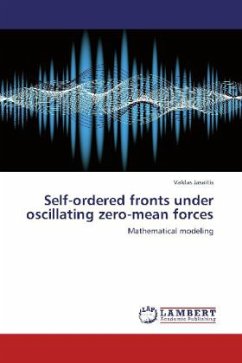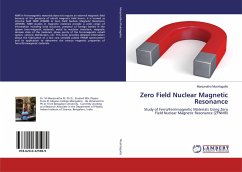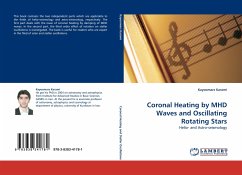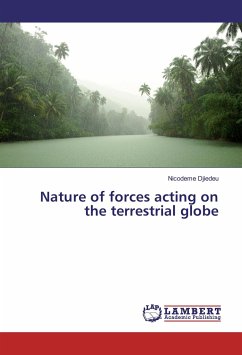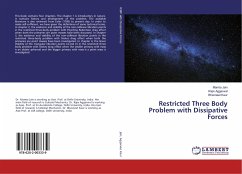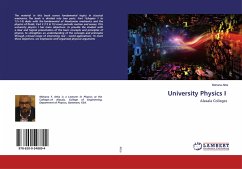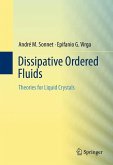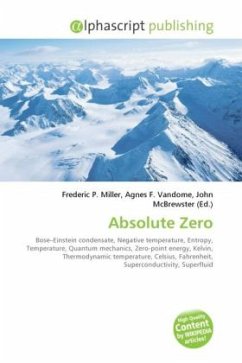Spatio-temporal control of the self-ordered structures by use of the time-dependent oscillatory fields of zero-time average, either deterministic (temporally regular) or noisy (temporally irregular) ones, has today become a fundamental field of multidisciplinary research in a wide variety of the highly nonlinear systems of the different physical origin. The self-ordered bistable fronts in the essentially dissipative systems of the reaction-diffusion type, that are formulated by parabolic partial differential equations, are investigated in this study. The objective of the research is to investigate new possibilities of controlling the directed net motion of the self-ordered bistable fronts by the deterministic and stochastic zero-mean ac forces using mathematical modeling and analytic tools. In order to achieve the objective mathematical and numerical models were applied, computer software was created and new possibilities of controlling the directed net motion of bistable fronts by use of the zero-average periodic, quasi-periodic and bounded noise fields were investigated.
Bitte wählen Sie Ihr Anliegen aus.
Rechnungen
Retourenschein anfordern
Bestellstatus
Storno

